توضیحات
کتاب و حل المسائل Computational Fluid Mechanics and Heat Transfer یا به فارسی مکانیک سیالات و انتقال حرارت محاسباتی نوشته ریچارد اچ. پلچر ، جان سی. تانهیل و دیل ای. اندرسون – ویرایش سوم
ده فصل کتاب مکانیک سیالات و انتقال حرارت محاسباتی به صورت کامل و به زبان اصلی (انگلیسی) قرار داده شده است.
عناوین فصل های کتاب:
- مقدمه
- معادلات دیفرانسیل پاره ای
- اصول روش های گسسته سازی
- کاربرد روش های عددی برای معادلات مدل انتخابی
- معادلات حاکم مکانیک سیالات و انتقال حرارت
- روش های عددی برای معادلات جریان غیر لزج
- روش های عددی برای معادلات لایه مرزی
- روش های عددی برای معادلات هذلولوی شده ناویر-استوکس
- روش های عددی برای معادلات ناویر – استوکس
- تولید شبکه (گرید جنریشن)
مقدمه کتاب مکانیک سیالات و انتقال حرارت محاسباتی
This book is intended to serve as a text for introductory courses in computational fluid mechanics and heat transfer (or, synonymously, computational fluid dynamics [CFD]) for advanced undergraduates and/or first-year graduate students.
The text has been developed from notes prepared for a two-course sequence taught at Iowa State University for more than a decade. No pretense is made that every facet of the subject is covered, but it is hoped that this book will serve as an introduction to this field for the novice. The major emphasis of the text is on finite-difference methods.
The book has been divided into two parts. Part I, consisting of Chapters 1 through 4, presents basic concepts and introduces the reader to the fundamentals of finite-difference methods. Part II, consisting of Chapters 5 through 10, is devoted to applications involving the equations of fluid mechanics and heat transfer.
Chapter 1 serves as an introduction, while a brief review of partial differential equations is given in Chapter 2. Finite-difference methods and the notions of stability, accuracy, and convergence are discussed in Chapter 3.
فصل 4 به بعد
Chapter 4 contains what is perhaps the most important information in the book. Numerous finite-difference methods are applied to linear and nonlinear model partial differential equations. This provides a basis for understanding the results produced when different numerical methods are applied to the same problem with a known analytic solution.
Building on an assumed elementary background in fluid mechanics and heat transfer, Chapter 5 reviews the basic equations of these subjects, emphasizing forms most suitable for numerical formulations of problems. A section on turbulence modeling is included in this chapter.
Methods for solving inviscid flows using both conservative and nonconservative forms are presented in Chapter
6. Techniques for solving the boundary-layer equations for both laminar and turbulent flows are discussed in Chapter 7.
Chapter 8 deals with equations of a class known as the “parabolize” Navier–Stokes equations, which are useful for flows not adequately modeled by the boundary-layer equations, but not requiring the use of the full Navier–Stokes equations.
Parabolized schemes for both subsonic and supersonic flows over external surfaces and in confined regions are included in this chapter. Chapter 9 is devoted to methods for the complete Navier–Stokes equations, including the Reynolds-averaged form. A brief introduction to methods for grid generation is presented in Chapter 10 to complete the text.
در صورت داشتن هرگونه سوال و یا مشکل در بخش پشتیبانی شاپ تو استور مطرح نمایید.


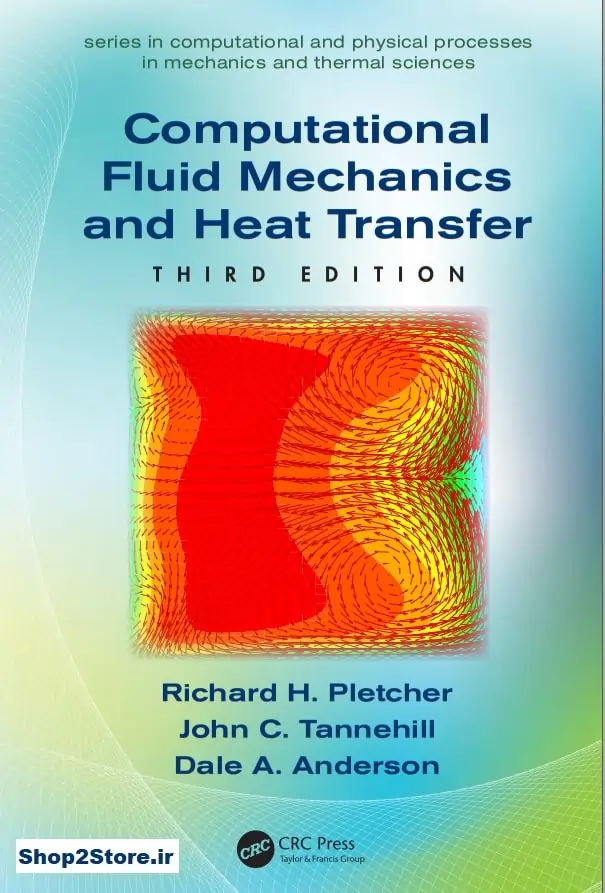
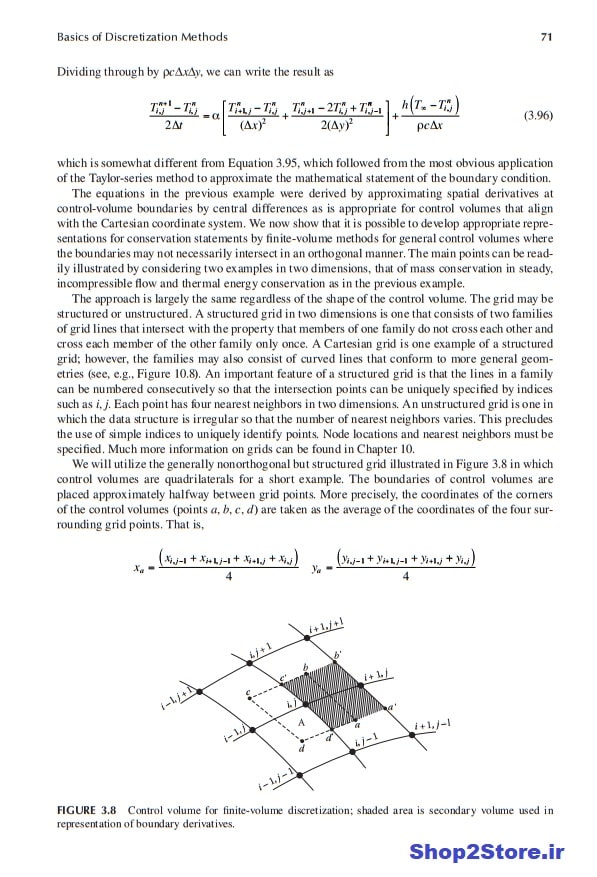
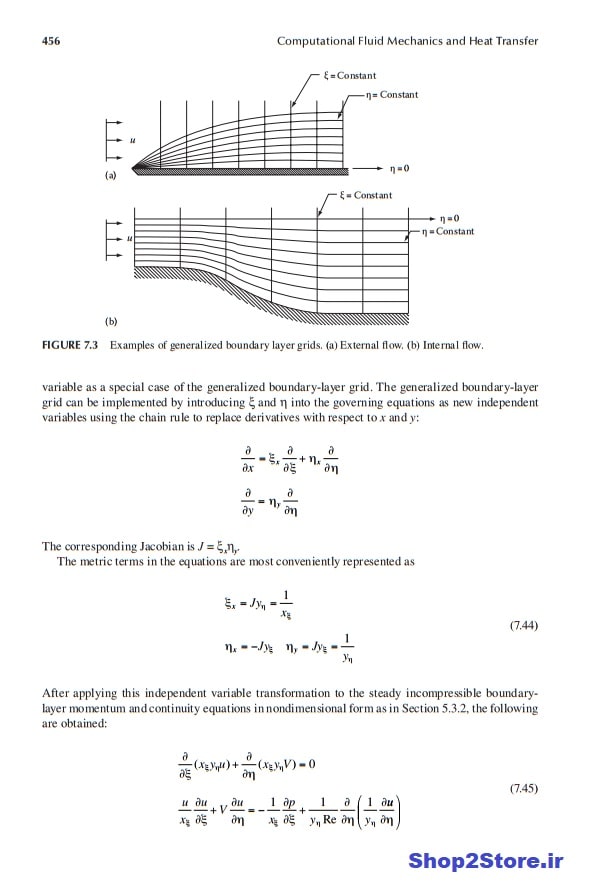
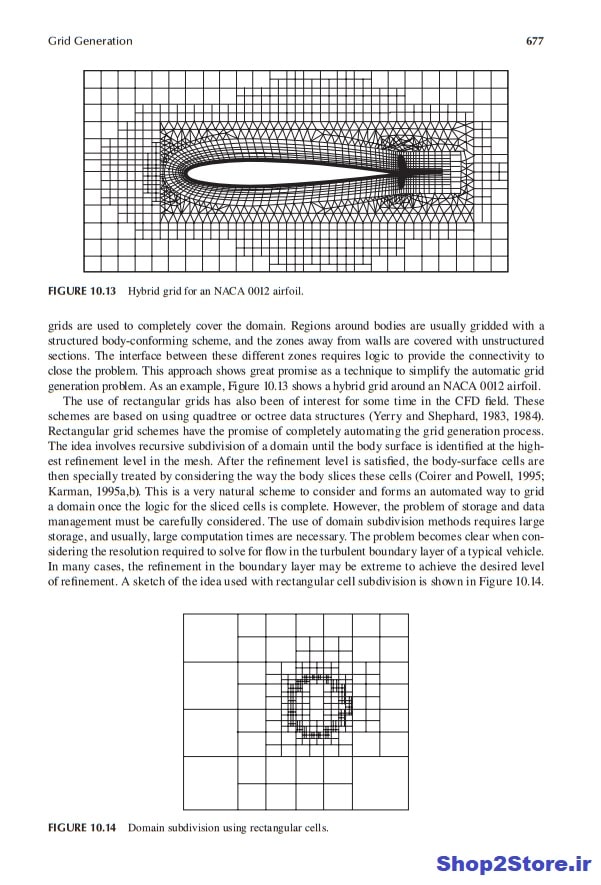
 اگر این محصول را خریداری کنید،
اگر این محصول را خریداری کنید، 

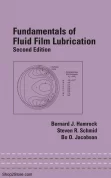

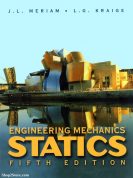
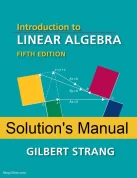
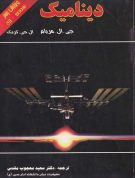


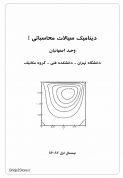
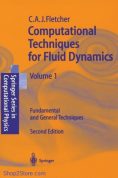
دیدگاهها (0)
نقد و بررسیها
هنوز بررسیای ثبت نشده است.